THE SORER, THE BETTER RIGHT?
- sweatandscalpels
- Feb 24, 2019
- 3 min read



Have y’all ever woken up after a killer workout feeling… totally fine? Like not sore at all. And then you’re sitting there wondering, was that workout actually as hard as I thought because I should definitely be more sore right? WRONG. I'm here to tell you that that is a complete myth; soreness is not a predictor of a workout’s intensity or of your fitness progress.
Technically speaking, soreness after a workout is known as delayed onset muscle soreness (DOMS) and does mean your muscles are being broken down and repaired due to strenuous activity that your body isn't used to. However, the prevailing belief is that tiny microscopic tears in the muscle tissue result in inflammation and that inflammation is the main cause of soreness. The discomfort usually hits the hardest about 48 hours after a workout {if you've ever had trouble literally just sitting on a toilet after leg day... you know exactly what I'm sayin' lol}.
My first day back lifting heavy after being cleared a few weeks ago {if you didn't know, a couple months ago i dropped a very heavy TV on my big toe and fractured it smh} had me suuuper sore. It sucked but it also reminded me of why before my accident, I had started incorporating some new changes to prevent such awful muscle soreness.
There are thankfully several ways to mitigate your post-workout pain. Read on for some very simple tips! {disclaimer: everything below is my own medical opinion, using research to back it up, unless otherwise stated}
1. Stretch. Research is actually split on whether stretching prevents sore muscles or not. I stretch both before and after my workouts and it makes a big difference in terms of my recovery. I strongly recommend at least trying both types of stretches {dynamic before, static after} and seeing how they work for you. If y'all want any videos of my dynamic stretching routine, DM or comment below!
2. Warm up. Warming up your muscles right before a workout greatly decreases the time it takes for your muscles to recover. Over the last few weeks, I've been incorporating just 5 mins of warmup on the treadmill/stairmaster in addition to my dynamic stretching on leg days and i’m telling y’all, it’s a game changer.
3. Get some sleep. According to the NIH, deep sleep triggers more release of growth hormone, which boosts muscle mass and cell/tissue repair. On the contrary, sleep deprivation leads to less focus and energy by increasing stress and cortisol levels while decreasing glycogen and carb stores. Moral of the story? Getting some quality shut-eye does a body goood {and especially after a hard workout}.
4. Watch that diet. Honestly, diet affects just about everything so why wouldn’t it play a role in how sore you feel post-workout? Per the American Journal of Cancer Nutrition, consuming foods high in sugar leads to more inflammation and muscle aches. Getting some protein and amino acids (BCAAs) during or soon after a workout can help to stop DOMS from wreaking havoc on your body.
5. Keep going! People say consistency is key for a reason. You incorporate fitness into your life for long enough and over time, your body will adjust to your lifestyle and recover more readily. As long as you’re feeling challenged during your workouts, then you know your program is effective. Making soreness the goal of your workouts bc you think it indicates your progress will only put you at risk for certain injuries.
.
At the end of the day, the best thing you can do is listen to your body. The goal should be to get that body bouncing back fast and keep making those #gains!
SHOP THE POST









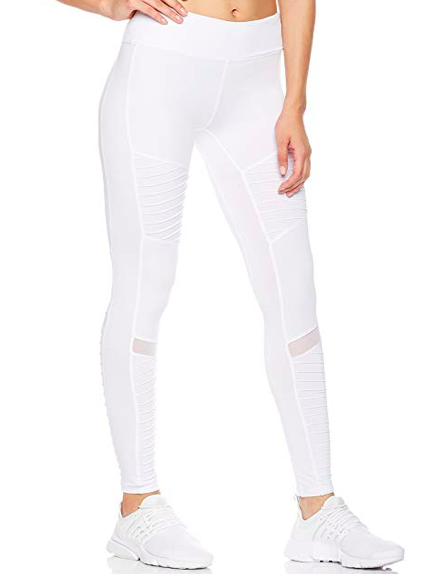

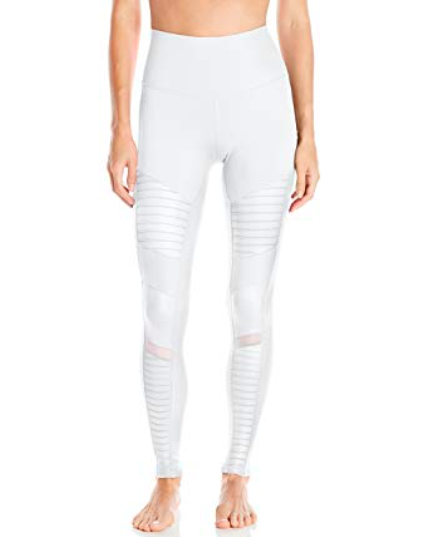

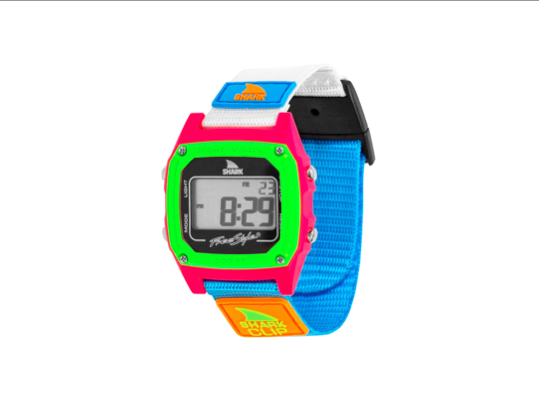

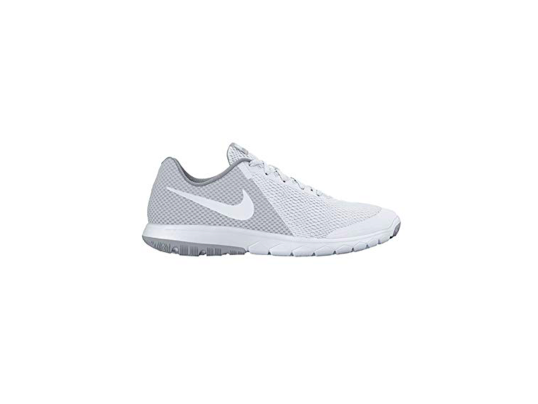

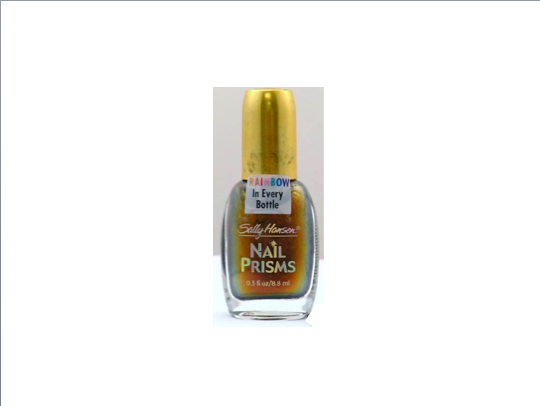



コメント